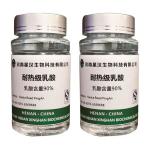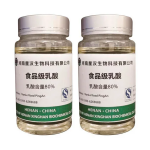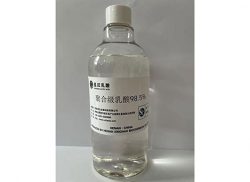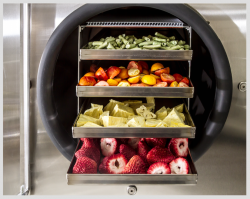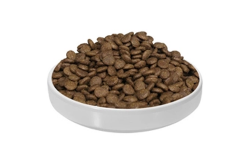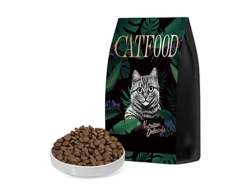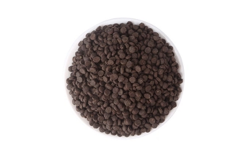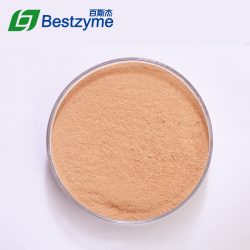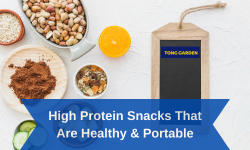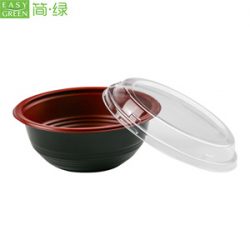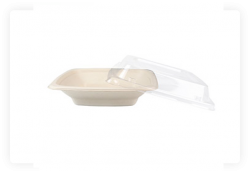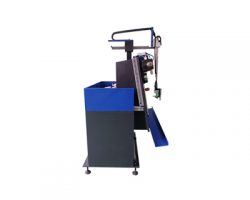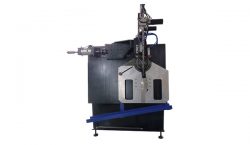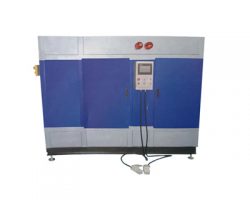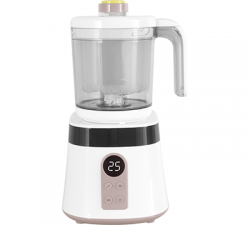Food Grade Lactic Acid CAS NO. 79-33-4 Wholesale
Food-grade lactic acid is an organic acid that is used as a preservative in food products and as an additive in beverages. It is also used to adjust the pH level in foods and beverages. Lactic acid is a natural preservative and is commonly used to preserve dairy products, such as cheese, yogurt, and sour cream, as well as canned fruits and vegetables. It can be used to produce a tart or sour flavor in foods and beverages and can be used to add a unique flavor to craft beer.
Specification of Feed Grade Lactic Acid
Basic Information
Chemical Name
L(S)-2-hydroxypropionic acid
Molecular Formula
CH3CHOHCOOH
Molecular Weight
90.08
TECHNICAL INDEX (refernce standard:GB)
Ldentification
Water solution is acidic,lactate presents positive reaction
Content of lactic acid
80-90%
L-content of lactic acid in the total lactic acid content
≥98.5%
Chroma
70-100APHA
Chroma after 6 months
70-100APHA
Density
1.18-1.21g/ml
Odor
Slightly acidic
Heavy metal
≤0.001%
Iron salt
≤0.001%
Chloride
≤0.002%
Arsenic salt
≤0.0001%
Sulfate
≤0.005%
Calcium salt
≤0.002%
Lghition residue
≤0.1%
Easily carbonizable substance
Passed the experiment
Solunility in ether
Passed the experiment
Reducing sugar
Passed FCC experiment
Oxalic acid,phosphoric acid,tartaric acid,citric acid
Passed USP experiment
Methanol
≤0.2%
Cyanide
≤0.0005%
Features of Feed Grade Lactic Acid
Agriculture and animal husbandry
1) The lactic acid with optical purity of more than 99% can be used to produce slow-release pesticides, such as herbicides, which are highly effective for crops and soil.
2) Lactic acid polymer can be used to produce agricultural film, which can be used to replace plastic mulch film. It can be decomposed by bacteria and absorbed by soil, which is beneficial to environmental protection.
3) Lactic acid is also used as green fodder storage agent and forage ripening agent.
4) It is used as a growth promoter in pig and poultry feed. Lactic acid can reduce the pH value in the stomach, activate digestive enzymes, improve the digestion ability of amino acids, and benefit the growth of intestinal epithelium. Piglets fed feed containing acidifier in the weeks after weaning can gain 15% weight during weaning.
5) The growth of lactic acid bacteria. Lactic acid can prevent the growth of pathogenic bacteria in the lower gastrointestinal tract of piglets.
6) Lactic acid can be used as a preservative for feed and as a microbial stabilizer for feed, grain and by-products of meat processing products.
7) Adding lactic acid to the drinking water of poultry and piglets can effectively inhibit the growth of pathogenic bacteria and improve the speed of animals.



